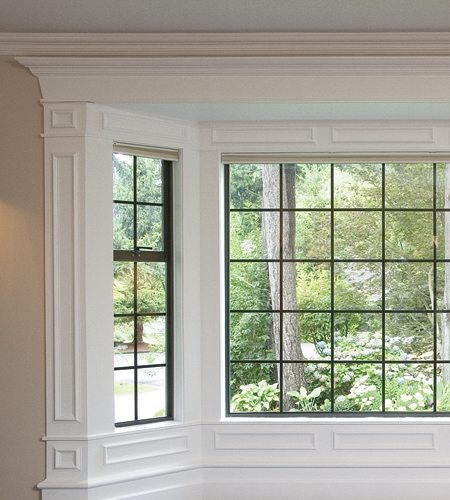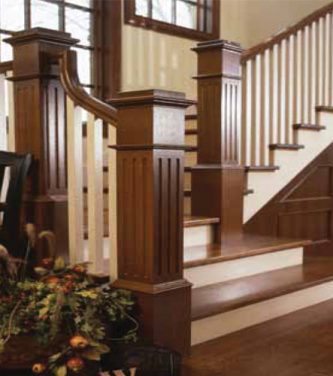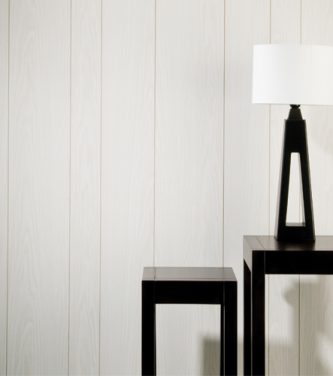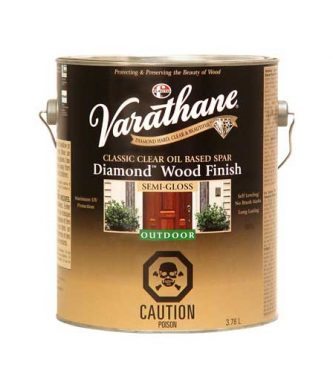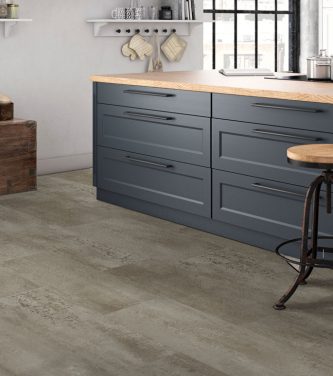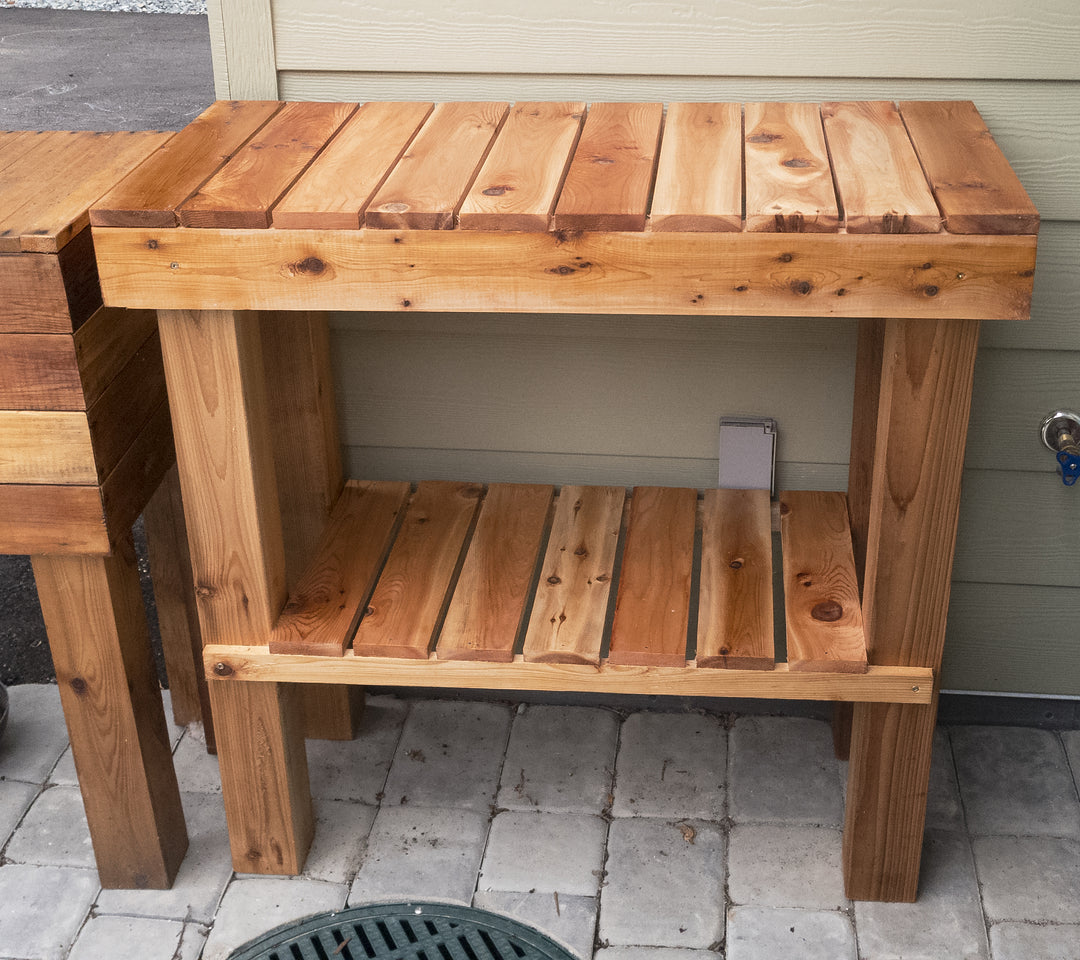How to Build Outdoor Projects That Survive Canadian Winters

Canada's outdoors are beautiful but unforgiving. From Atlantic salt spray to Prairie blizzards to the deep freeze of the Yukon, our climate can test even the toughest lumber and craftsmanship. For Canadian woodworkers, the challenge is not only to build something that looks good in summer but to create outdoor projects that can endure snow, ice, wind, and months of sub-zero temperatures.
Whether you are planning a new deck, a backyard shed, or a simple cedar bench, the key to long-term success lies in smart material choices, solid construction techniques, and proper protection. This guide brings together the best practices for building outdoor projects that stand up to Canadian winters year after year.
Choosing the Right Lumber and Materials



Every outdoor project begins with the right wood. Choosing species and products designed for outdoor exposure will determine how well your project resists rot, cracking, and movement caused by changing moisture levels.
Best Woods and Materials for Outdoor Durability:
- Pressure-Treated Lumber: The standard for structural framing. Pressure-treated wood is infused with preservatives that resist decay and insects. It is ideal for deck joists, posts, and other components in contact with the ground.
- Western Red Cedar: A favourite among Canadian builders. Cedar's natural oils make it resistant to rot, and it has excellent dimensional stability, meaning less splitting and warping. Perfect for furniture, fencing, and decking.
- Redwood and White Oak: Both are dense and durable hardwoods that perform exceptionally well outdoors with minimal treatment.
- Composite and PVC Decking: Engineered to resist rot and UV damage, composite materials are virtually maintenance-free and available in a variety of colours and finishes.
- Marine-Grade Plywood: For outdoor cabinets, planters, and benches, marine plywood provides extra resistance to moisture infiltration.
- Weather-Resistant Hardware: Use stainless steel, hot-dipped galvanized, or coated fasteners. Avoid standard interior screws or nails, which rust quickly in cold, damp conditions.
For all-weather projects, consistency is important. Mix materials carefully so that one component does not outlast or out-expand the others. For example, pairing composite decking with untreated spruce framing can lead to uneven movement and early failure.
Construction Techniques for Freeze-Thaw Durability
Canadian winters bring repeated freeze-thaw cycles that can destroy poorly built outdoor structures. As moisture freezes and expands, it exerts tremendous pressure on posts, joints, and footings. Proper construction minimizes this stress.
Reinforced Foundations for Decks and Sheds
Start with a strong foundation that allows for drainage and movement. For decks, use concrete footings set on gravel to allow water to disperse. Reinforce shed bases with treated skids or concrete pads to keep the structure off the ground. A small air gap under the floor can make a big difference in moisture control.
Proper Post Setting Below Frost Line
Every province has a different frost depth, typically between 36 and 60 inches. Always dig below this line so the ground beneath your posts never freezes. Concrete footings poured to the correct depth with a bell-shaped base help prevent heaving. Using adjustable metal post anchors also allows for minor movement without structural damage.
Sturdy Joinery and Hardware Selection
Where wood meets wood, use solid joinery and fasteners that resist pullout and corrosion. Carriage bolts, lag screws, and structural screws are superior to nails. For furniture or fences, exterior-grade wood glue and pocket-hole joinery provide added stability.
Protective Finishes That Extend Outdoor Lifespan

Wood exposed to the elements needs more than good construction. It needs a finish that seals, shields, and preserves.
Top Finishing Options for Outdoor Projects:
- Penetrating Oil-Based Stains: These soak deep into the wood, enhancing colour and protecting against moisture. Great for cedar decks and outdoor furniture.
- Water-Based Sealers: Easier cleanup and faster drying, with less odour. Ideal for fences, pergolas, or smaller projects.
- Exterior Paints: The most complete moisture barrier. Use high-quality primers and multiple thin coats for best results.
- Marine Finishes: Specialized varnishes designed for boats and coastal exposure provide maximum UV and salt resistance.
- Hybrid Products: Newer finishes combine penetrating oils with film-forming polymers for a flexible yet durable coating that resists cracking in extreme cold.
Apply finishes when temperatures are between 10 °C and 25 °C, and recoat as recommended by the manufacturer. A spring touch-up can add years to your project's lifespan.
Drainage, Ventilation, and Moisture Management
Moisture is wood's greatest enemy. No matter how well you finish a project, trapped water will eventually find its way in. Good design allows air and water to move freely.
Outdoor Durability Checklist:
- Leave gaps of 3 to 5 millimetres between deck boards for water runoff.
- Slope tabletops, benches, and shelves slightly so water drains off instead of pooling.
- Elevate planters and boxes with spacers to keep their bottoms dry.
- Install vents in sheds and storage boxes to promote airflow.
- Avoid sealing the undersides of decks or furniture completely, as trapped moisture leads to rot.
- Keep snow clear of the base of fences and structures to prevent prolonged contact.
These small design details are often overlooked but are critical for preventing rot, swelling, and mildew.
Project-Specific Tips: Decks, Fences, Sheds, and Furniture
Decks
- Use pressure-treated joists and posts combined with cedar or composite decking for a long-lasting hybrid build.
- Always install flashing where the deck meets the house to prevent water infiltration.
- Consider using adjustable deck footings or helical piles to compensate for ground movement in freeze-thaw regions.
Fences
- Use gravel backfill instead of concrete for fence posts to allow water drainage.
- Add a slight slope to the top rails or post caps so snow and rain run off easily.
- Stain or seal both sides of the panels before installation for even protection.
Sheds
- Build the base on pressure-treated skids or a pier foundation to allow ventilation and drainage.
- Use plywood rated for exterior use on floors and walls.
- Add overhangs and drip edges to keep moisture away from siding seams.
Outdoor Furniture
- Select stable woods such as cedar, white oak, or teak that handle moisture well.
- Design chairs and tables with slats or gaps to promote drying.
- Apply protective finish inside joints before assembly for maximum coverage.
- Bring pieces into a garage or cover loosely with breathable material during winter.
Shop Outdoor Building Products
Planning and Budgeting for Long-Term Durability
Building for Canadian conditions means balancing cost, longevity, and maintenance. Skimping on materials or protection usually costs more in the long run.
Smart Planning Tips:
- Budget for durability: Spending a bit more on cedar, stainless hardware, or quality sealers saves replacement costs later.
- Schedule strategically: Aim to build between late spring and early fall for optimal curing conditions.
- Source early: Order your materials before peak summer demand to ensure consistent supply and fresh stock.
- Think ahead: Design for future maintenance. Choose finishes and designs that allow for easy refinishing or component replacement.
- Document your build: Keep notes on the materials and finishes used so touch-ups and repairs remain consistent over time.
By factoring in the full lifecycle of your project, you can build outdoor structures that not only survive but thrive through many Canadian winters.
Get an Estimate & Plan Your Materials
Outdoor Projects Built to Survive Canadian Winters – Frequently Asked Questions
What is the best wood for outdoor decks in Canada?
Western Red Cedar and pressure-treated lumber remain the top performers. Both handle moisture well and resist rot in most regions.
Can patio furniture be left outside in Canadian winters?
Yes, but it depends on the material. Cedar and teak can stay outdoors, while softer woods should be stored under cover. Always use breathable covers to prevent trapped moisture.
How do I protect my shed or fence from snow and ice?
Keep the base elevated, ensure proper drainage, and maintain protective coatings. Clear snow away from the bottom to prevent moisture buildup.
What is the best protective finish for outdoor wood projects?
A penetrating oil-based stain with UV protection provides excellent defence for most climates. For painted surfaces, choose high-quality exterior latex or marine enamel.
How can I design outdoor projects to last more than 10 years?
Use rot-resistant materials, plan for airflow and drainage, and perform seasonal maintenance. Regular inspection and re-coating will easily extend lifespan beyond a decade.
Final Thoughts:
Building outdoor projects that can handle Canadian winters is equal parts art and engineering. With careful material selection, sound building practices, and regular maintenance, your decks, sheds, and furniture can last for generations. Windsor Plywood offers a wide selection of weather-ready materials and expert advice to help you build with confidence, no matter how cold it gets.

